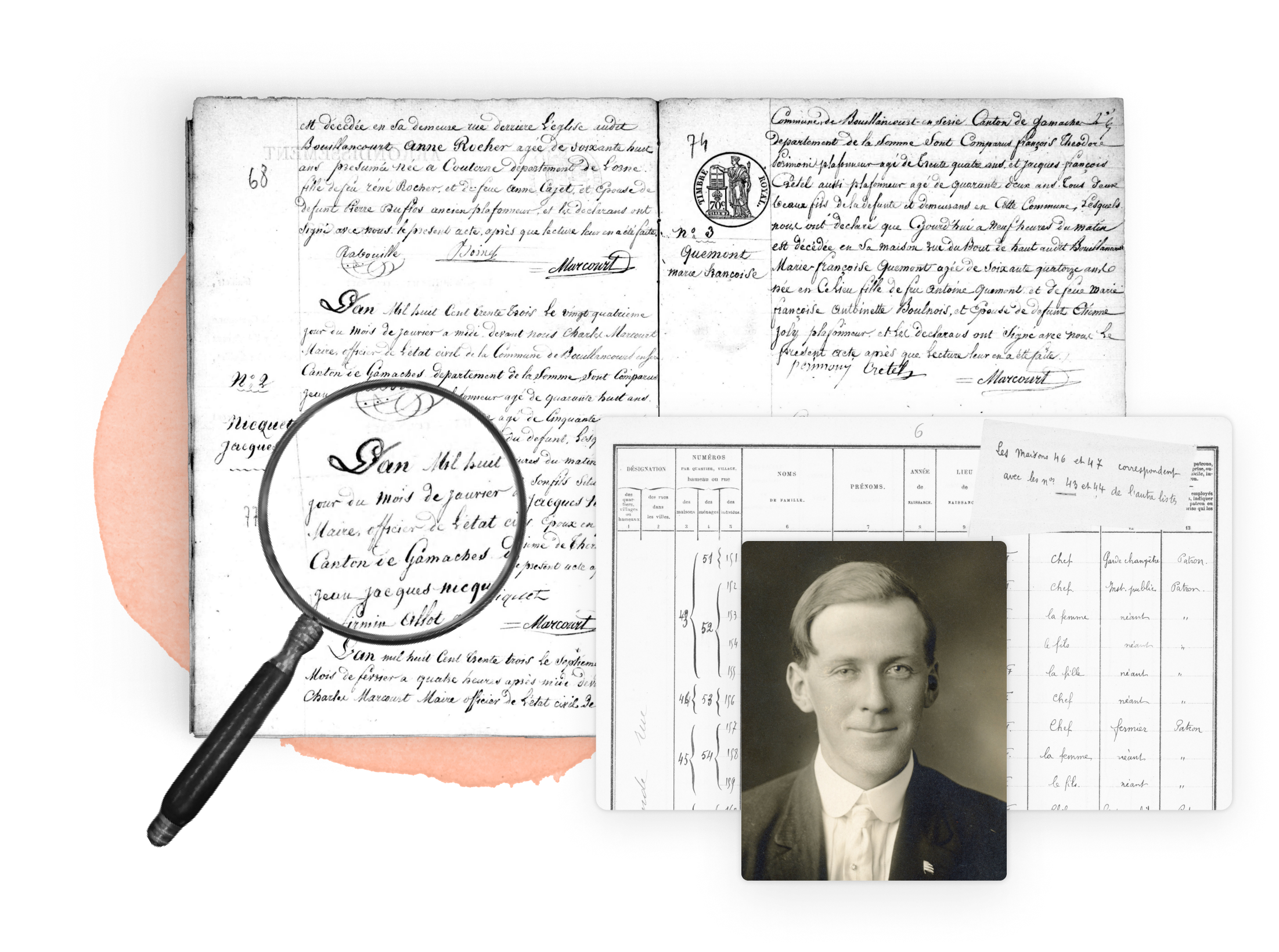
Delayed birth records are records about someone’s birth that were created significantly after the fact.
In the United States, infant birth record collections before the 1930s include some delayed filings for older children and adults. The first real push for a separate process for adult delayed birth records began in the late 1930s, when older adults began filing for Social Security benefits. They found they needed proof of their age to claim old-age benefits. However, most older adults didn’t have infant birth records, since these weren’t commonly created until the late 1800s or early 1900s. So they needed to create some kind of after-the-fact, official documentation.
In 1941, demand for adult delayed birth records skyrocketed. The United States was preparing for war. Government-funded factories needed workers who could prove their citizenship, which for native-born residents meant proof of birth. Enlistees in the military were also asked for their birth certificates. Eventually all states adopted systems for recording adult delayed births.
Research your ancestors on MyHeritage
The information provided in delayed birth records
The contents of delayed birth records vary by state and date. They may contain far more information than a regular infant birth record, including information that can be especially difficult to find for adults in the 1930s-1940s who were immigrants, members of formerly enslaved families, or children at the time of the now-lost 1890 census.
Details in delayed birth records may include:
- Full name at birth
- Date and place of birth
- Sex
- Race or color
- Whether a multiple (twin, triplet)
- Months of pregnancy
- Parents’ names, marital status, residences, birthplaces and occupations
- Other children born to this mother, prior to and/or after this birth
- Attending medical professional, if any
- The subject’s details at the time of application, including residence, occupation, etc.

Records that were presented as evidence may be listed, such as a family bible entry, school enrollment record or insurance policy. Names and identities of witnesses may also appear in supporting affidavits.
The record example shows the initial application to the Superior Court of King County, Washington, of Walter Hanford Johnson for a delayed birth record. In addition to the particulars of his birth, it provides the full names and exact overseas birthplaces of both his parents, in Sweden and Denmark.
Other documentation (not shown below) include affidavits signed by his parents, which add their ages at Walter’s birth, race, occupations, current address, and signatures, and that Walter’s was a single, full-term, legitimate birth as his mother’s third child.
Because delayed birth records were created well after the event, their accuracy may be questionable. Memories fail over time.
Those who were under pressure to produce these documents may have fabricated evidence, either because it was lacking or because of a desire to prove themselves of a particular age or origin. But where no other record of birth exists--and for records that include a wealth of related genealogical clues--delayed birth records can at least provide a foundation for further research and verification.
How to find delayed birth records
Many delayed birth records filed by older children and adults before the 1940s were intermingled within state or county infant birth records and may be found by searching those collections. Eventually, most adult delayed registrations were created via a separate process through the courts, since evidence and judgment were required. These collections, if available online, may be bundled with other birth records, but may also exist as distinct collections, as does the MyHeritage collection, Washington, King County, Delayed Births, 1941-1942, from which the above record comes.
Online searches using the phrase “delayed birth” and the name of the county and state can help you locate collections of delayed birth records, especially those filed during the 1940s, which are most commonly available. You might also contact state and county vital records offices and archives, county courts, and genealogical libraries (for published abstracts).
Explore more about delayed birth records in the United States
- Birth records on MyHeritage
- Born to be Filed: Delayed Birth Records in the U.S. webinar at Legacy Family Tree Webinars by Sunny Jane Morton
- The Birth Certificate: An American History by Susan J. Pearson (Chapel Hill: University of North Carolina Press, 2021)* The Birth Certificate: An American History by Susan J. Pearson (Chapel Hill: University of North Carolina Press, 2021)
- Delayed Birth Registration Practices: Vital Registration Areas of the United Statesby the U.S. Department of Health and Human Services, 1981
- “History of the birth certificate: from inception to the future of electronic data” by HL Brumberg, D Dozor and SG Golombek, Journal of Perinatology (2012) 32, 407–411* “History of the birth certificate: from inception to the future of electronic data” by HL Brumberg, D Dozor and SG Golombek, Journal of Perinatology (2012) 32, 407–411


